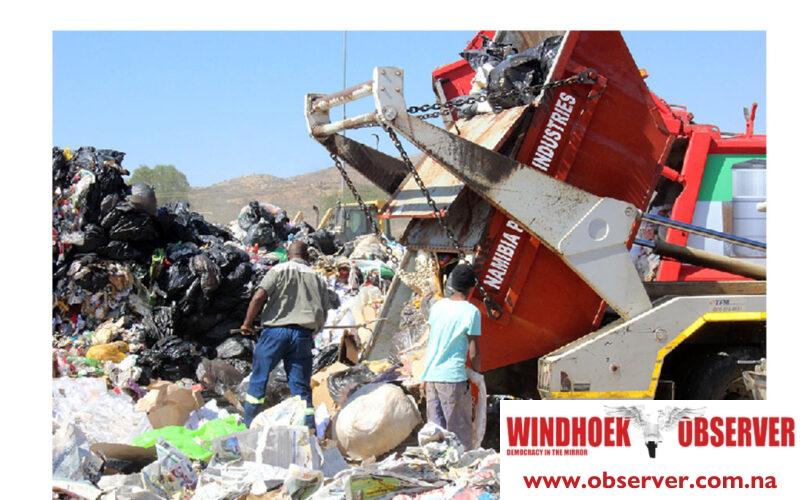Erasmus Shalihaxwe
The City of Windhoek (CoW) is planning to build a waste-to-energy plant to generate bulk electricity and improve waste management.
The municipality explained this in a statement issued over the weekend where it said that the initiative aims to diversify energy supply, enhance the security of electricity provision, and reduce carbon emissions.
“The proposed facility is expected to process 250 tons of waste per day, equivalent to 8.5 MW of electricity and 17.5 MW of heat, with the possibility to increase capacity to 400 tons per day by incorporating waste from neighbouring urban centres,” reads the statement.
According to the pre-feasibility study, Windhoek generates around 7 000 tons of municipal solid waste monthly.
Power generation according to the statement will utilise advanced incineration technology.
The plant will process a variety of waste types without the need for sorting.
“It will be equipped with a state-of-the-art air pollution control system that complies with international standards, including those set by the European Union, ensuring minimal environmental impact,’’ reads the statement.
The proposed power plant is expected to be located near existing industrial areas or the Kupferberg Landfill Site, pending an Environmental Impact Assessment (EIA).
‘’The project is being led by the city’s Solid Waste Management Division and the Department of Electricity. As Windhoek seeks innovative solutions to its waste management challenges, the Waste-to-Energy Plant represents a significant step toward sustainable energy production and environmental management,’’ explained CoW.
Currently, waste is sorted and exported for recycling in South Africa.
Rent-A-Drum operates Namibia’s first refuse-derived fuel processing plant, supplying and delivering non-recyclable material to use during the cement manufacturing process at the Ohorongo Cement plant.
The municipality also announced that it intends to sell outdated electricity substations for residential usage in the city’s oldest townships.
At least 25 substations have been identified for this purpose.
Areas measuring 450 square meters or more on which the identified substations are located will be transformed into residential plots.
“They are conveniently situated in areas that allow for easy connections to municipal services such as water, electricity, and sewage at a minimal cost,“ said the city.




